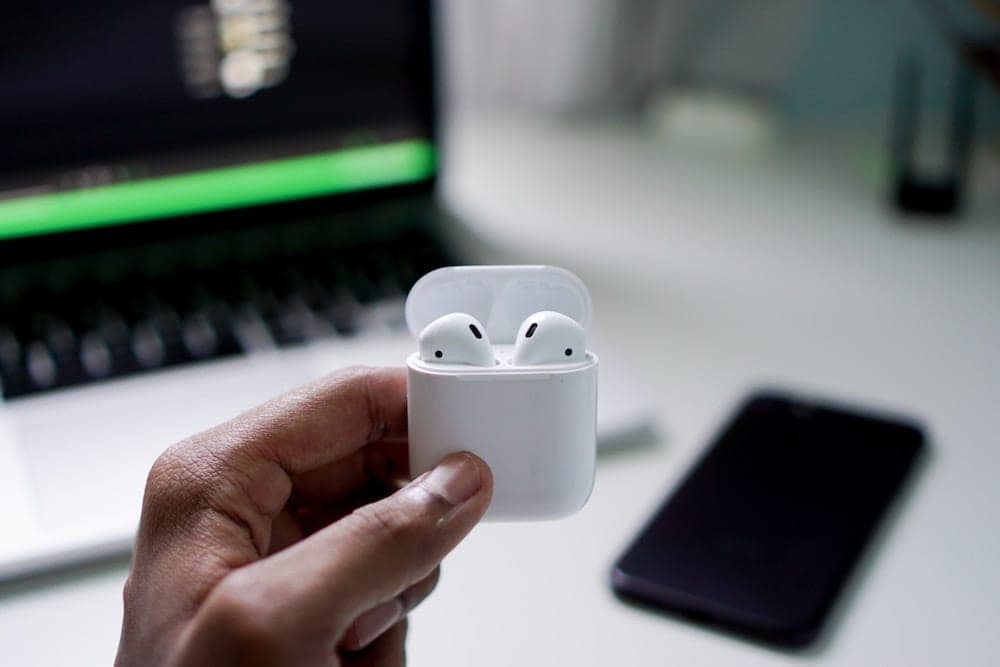Despite its commonplace nature nowadays, Bluetooth is a somewhat mysterious technology. To begin with, it seemed to arrive out of nowhere. One day, you could suddenly see people walking around with a small silver fish in their ear, jabbering into the air as if they had an invisible friend to talk to. If you asked what they had on they’d say; “Bluetooth”, which created as many questions as it answered to be entirely honest. What was a bluetooth, what did it do, and who came up with that name? In fact, despite now knowing what bluetooth does (although don’t ask us how it works), we still didn’t know where it got its name. So, with what is obviously the most pressing question of modern times on our hands, we decided to find out why it is our teeth are so blue.

Back in time
To answer this question, we’re going to have to take a trip to 10th Century Denmark. No, really. The origins of the name “Bluetooth” lie with Harald “Bluetooth” Gormsson, a king who ruled from c.958 AD to c.986 AD. The reason Harald had the nickname Bluetooth looks to be as simple as his simply having had a particularly notable bad tooth. Not the most kingly of ways to gain a nickname, but even a king can’t overcome a catchy epitaph. However, the reason that this King had his name attached to a shining technology of the modern age is much more grandiose.
This is because Harald Bluetooth, was a uniter. Harald is credited with having achieved the unification of Denmark started by his father, Gorm the old, who was also quite unlucky in the nickname lottery. Harald was also responsible for converting the Danes to christianity. This legacy of unification was drawn upon by Jim Kardach, an engineer for intel who was responsible for proposing Bluetooth as a concept.
The communication industry
Kardach’s goal was to unify nothing less than the short range communication industry. At the time, several different technologies were being built for this purpose, most of which were running different standards for their communication protocols. Because there was no widely used standard for the rules of communication these devices possessed, none of them would be able to connect with each other. In Kardach’s view, this would only be a detriment to the industry in the long term.

Bluetooth was born
Kardach worked to unite the different technology companies producing short-range communicators. Eventually they would form the Bluetooth Special Interest Group (SIG), and agreed to come up with a common standard, so that their products could all interact with each other. Kardach suggested the name Bluetooth because at the time he had been reading a novel about Viking age, and in part Denmark under the reign of Harald Bluetooth. In the same way that Harald united Denmark, Kardach hoped that this standard would unite the different technologies. The logo for bluetooth is also a reference to Harald, being comprised of the two runes that make up his initials.
So there you have it. Although it seems like a somewhat unlikely source, Bluetooth owes its name to a Viking king and his efforts to unite a country. Kardach’s hopes for Bluetooth were certainly met, as the technology is ubiquitous nowadays. Computers, phones, cars, bluetooth is capable of connecting a range of technology that Harald could never have imagined in his wildest dreams. The next time we’re looking for inspiration, we might just crack open a book on the Vikings as well!









